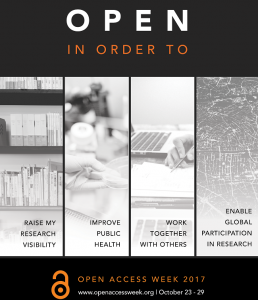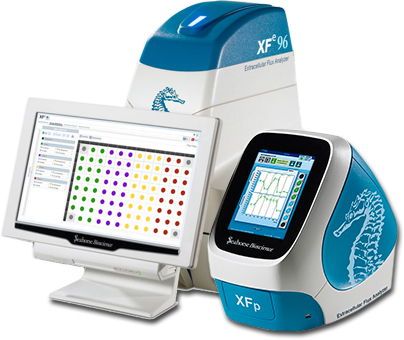
In honor of international open access week, which is October 23-29th, I decided to devote this month’s column to demystifying open access.
What is open access?
According to the Scholarly Publishing and Academic Resources Coalition (SPARC), open access is the “free, immediate, online availability of research articles coupled with the rights to use these articles fully in the digital environment.”
What does this actually mean?
Open access removes the legal, financial and technical barriers to reading, downloading and reusing research articles.
While open access publishing models vary, SPARC considers the terms of the Creative Commons Attribution license (CC BY), the standard for open access. This license grants users the right to share and adapt the material for any purpose, including commercial, provided they properly attribute the authors. Several major open access publishers, including BioMed Central and PLoS, apply the CC BY license to the articles that they publish.
How can I make my article open access?
There are two primary mechanism by which you can make an article open access: submit your article to either an exclusive (all content open access) or hybrid (some content open access) open access journal; or deposit your final peer-reviewed manuscript in an institutional or discipline repository, such as PubMed Central. The latter option can only be done with the permission of the journal that has accepted your article for publication. This can be written into your author’s agreement.
Some open access journal charge authors an article processing charge (APC). These charges allow the journal to cover the costs of publishing, and range from hundreds to thousands of dollars. Reputable open access journals collect APCs only after an article has been peer-reviewed and accepted for publication. Many funders allow grant funds to be used to cover the cost of publishing in an open access journal.
Tufts Libraries have memberships with select open access publishers and journals; Tufts authors who publish in these journals can receive a discount on their APCs. For more information, see OA Support at Tufts.
Why would I pay to publish in an open access journal?
Open access expands your audience by allowing anyone, not just those who are willing or able to pay for a journal subscription or individual article, to read your article. A broad audience means your work receives more recognition, and may be used in novel ways that you did not anticipate.
Where can I learn more about open access publishing and choosing a journal for my manuscript?
For more information about choosing where to publish, including resources to evaluate open access journals, see ‘Where to Publish’ in our Measuring Research Impact guide, or contact me (laura.pavlech@tufts.edu).




